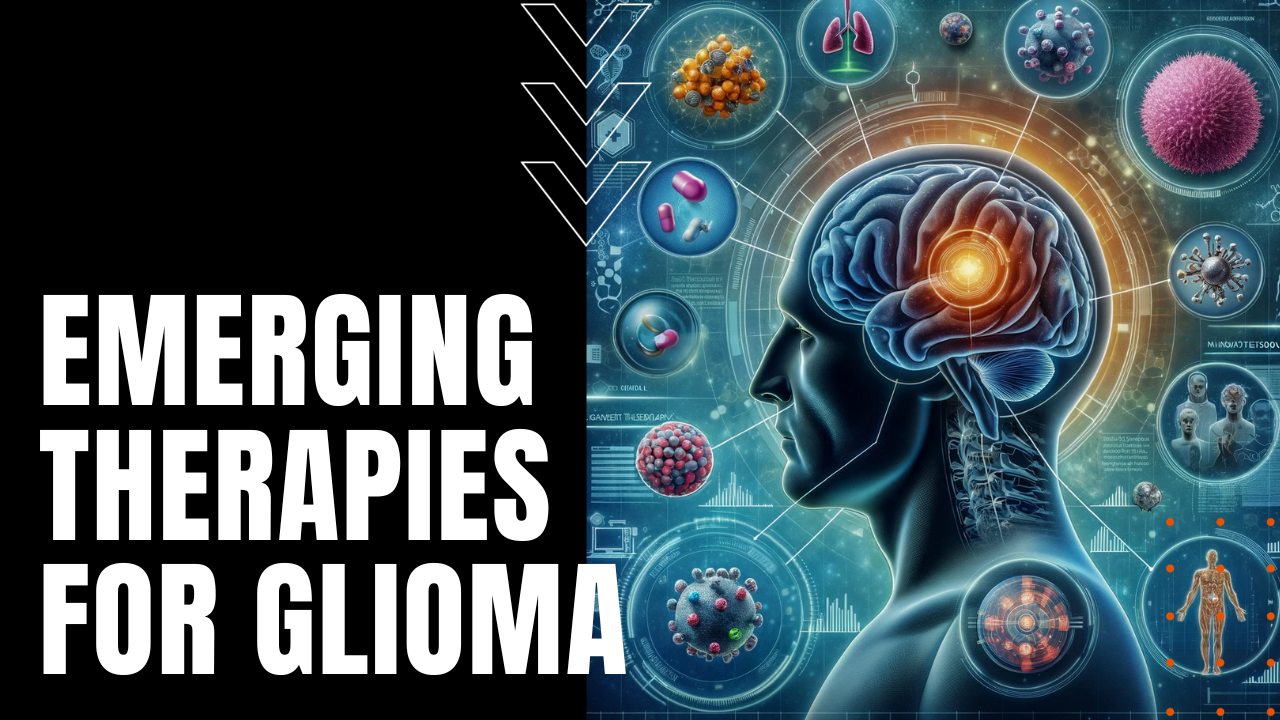Emerging Therapies for Glioma Patients

One of the most aggressive cancers on the oncologic spectrum is Glioblastoma multiforme or GBM, a form of aggressive brain cancer which took the lives of such notables as Senators John McCain and Teddy Kennedy. According to Dr. Clark Chen, Chief of Stereotactic Radiosurgery at UC San Diego, gliomas “are particularly challenging, since they don’t respond well to the therapies we have today, which include radiation and a chemotherapeutic agent called temozolomide.”
The Blood/Brain Barrier
Treating brain cancers are further challenged by the blood/brain barrier, which evolved in humans as a way to protect the human brain from invasion by toxins, viruses and bacteria, which in the case of brain cancer patients, also blocks the delivery of chemotherapy agents. In the search for better therapies in this frequently recurring form of cancer, UCSD and other institutions are now studying a technique of direct injection into gliomas using micro-catheters and MRI guided imaging, which allows for the delivery of a cancer-killing virus directly into the tumor, without collateral damage to surrounding tissues, which is frequently the case with more invasive neurosurgery excision options.
Sonodynamic Therapy
Another promising advance is Sonodynamic Therapy, currently under study at the Ivy Brain Tumor Center at the Barrows Neurological Institute in Phoenix AZ. In this approach, Aminolevulinic Acid or ALA is administered intravenously, which effectively crosses the blood/brain barrier, before accumulating in the tumor itself, making it highly sensitive to light. Next comes the delivery of non-invasive MRI-guided focused ultrasound, which produces a burst of light that kills glioma cells without collateral damage to surrounding tissues.
Gene Editing Advances
While clinical trials using a new class of anti-cancer drugs like selinexor are currently ongoing at institutions like Columbia University, perhaps the most promising anti-cancer therapy comes from the emerging field of gene editing, such as Car T Cell and Adoptive Cell Transfer therapies. Using the patient’s own immune system to fight cancer, the treatment relies on a type of white blood cell called a T cell, which plays a key role in helping the human immune system fight off threats by diseases and other harmful pathogens.
CRISPR Strikes Again
While unedited T cells oftentimes fail to recognize cancer cells, new gene editing breakthroughs such as CRISPR can genetically reprogram T cells to attack cancerous cells with much higher efficacy than older, more harmful treatment options. Promising studies include Sydney-based Chimeric Therapeutics, which employs Chlorotoxin-directed Carr-T cells known as CHM1101 to four dose level groups fighting recurrent GBM. Following their Phase 1 trial to determine patient safety and disease response, all patients tolerated their dose levels, while 55% of patients achieved a disease control or disease stability, as opposed to previous disease control rates of 20-35%.
CAN-3110
At Brigham & Women’s Hospital in Boston, a team of researchers is examining the safety of a virus called CAN-3110, which is an oncolytic herpes simplex virus that triggers a robust, pro-inflammatory response necessary for attacking the tumor, at the same time, genetically “programmed” not to attack healthy brain cells, making breakthroughs in the fight against gliomas, an exciting time in both research and clinical medicine.
